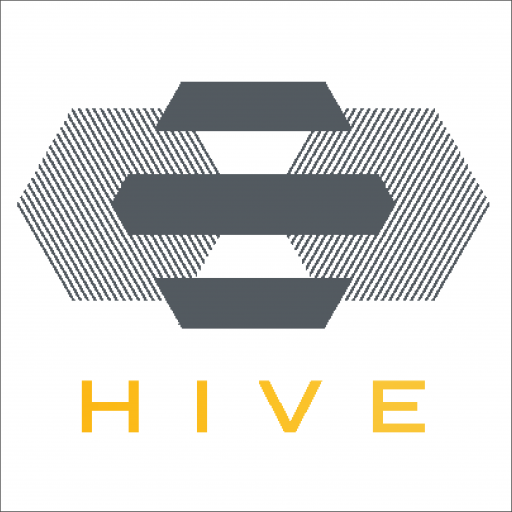1601 S Floyd St, Louisville, KY 40208
Developing a Framework for Continual Learning in Dynamic Environments

This project focuses on designing an advanced deep learning framework capable of continual learning, enabling models to adapt and evolve in dynamic environments where data distributions and requirements are constantly changing. Unlike traditional models, which are static and often require retraining when exposed to new data, this framework integrates continual learning techniques that allow it to update its knowledge base incrementally. It achieves this while balancing the retention of prior knowledge and the integration of new information, minimizing issues like catastrophic forgetting.
The framework leverages a combination of labeled and unlabeled data to enhance adaptability and robustness. It incorporates advanced methods such as:
- Meta-learning for faster adaptation to new tasks.
- Regularization-based techniques to preserve previously learned knowledge.
- Dynamic architecture updates to accommodate evolving data complexity.
The ultimate goal is to provide a flexible and scalable solution applicable across a variety of domains where real-time data evolution is a challenge.
Objectives
- Enable Dynamic Adaptability:
- Develop a framework that continuously learns and adapts to evolving data distributions without requiring complete retraining.
- Prevent Catastrophic Forgetting:
- Integrate advanced techniques such as regularization and meta-learning to balance the retention of prior knowledge with the incorporation of new information.
- Enhance Real-Time Application:
- Provide a robust and flexible solution for domains requiring real-time data processing, such as healthcare, business analytics, and autonomous systems.
- Support Scalability Across Domains:
- Design a framework capable of handling diverse data streams and complexities, ensuring scalability for applications in cybersecurity, IoT, and environmental monitoring.
- Optimize Computational Efficiency:
- Minimize resource usage by enabling incremental updates to the model, reducing the need for extensive retraining processes.
Examples of Use Cases:
1. Healthcare:
The framework addresses the challenges of evolving medical data, such as:
- Continuously learning from new patient data streams while retaining knowledge from historical data.
- Detecting emerging health patterns or early indicators of diseases as new medical information becomes available.
- Enhancing diagnostic tools by adapting to new imaging technologies or medical procedures.
2. Business Analytics:
In the fast-paced business world, the framework supports:
- Real-time adaptation to changing customer behaviors and market trends.
- Incremental learning for recommendation systems, improving their ability to suggest relevant products or services based on the latest user interactions.
- Empowering predictive models to stay updated with new transactional data, enhancing financial forecasting and fraud detection capabilities.
3. Autonomous Driving:
In autonomous systems, the framework ensures:
- Continuous adaptation to new driving conditions, including weather, road types, and traffic scenarios.
- Learning from near-misses and anomalies to improve safety and decision-making over time.
- Integration of data from new sensors or upgraded hardware without requiring full retraining.
4. Other Real-Time Learning Environments:
This framework is highly versatile and can be applied in other domains, such as:
- Cybersecurity: Adapting to emerging threats in real-time by identifying new attack patterns or vulnerabilities.
- IoT Networks: Managing and analyzing dynamic data from interconnected devices, optimizing network efficiency, and predicting failures.
- Environmental Monitoring: Continuously updating models to detect and respond to changes in ecosystems, such as shifts in climate patterns or wildlife behavior.
Key Advantages:
- Adaptability: Ensures models remain effective as data evolves, minimizing the need for frequent retraining.
- Scalability: Supports diverse data streams across domains, handling both structured and unstructured data.
- Robustness: Maintains performance by balancing the integration of new information with the retention of prior knowledge.
- Efficiency: Reduces computational costs by updating models incrementally rather than retraining from scratch.
By addressing the growing need for adaptable AI solutions, this framework has the potential to revolutionize the way machine learning models are deployed in dynamic, real-world environments.


